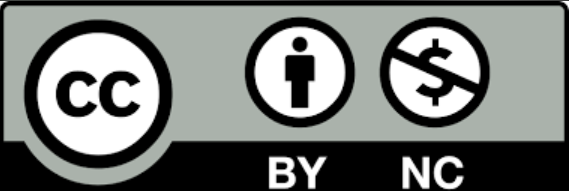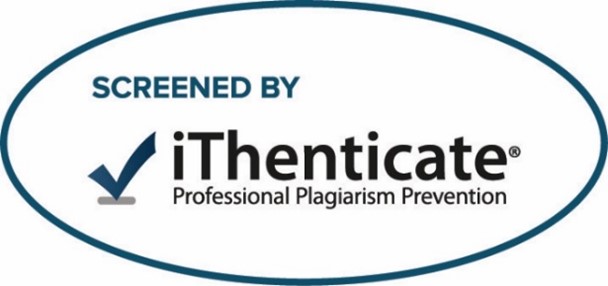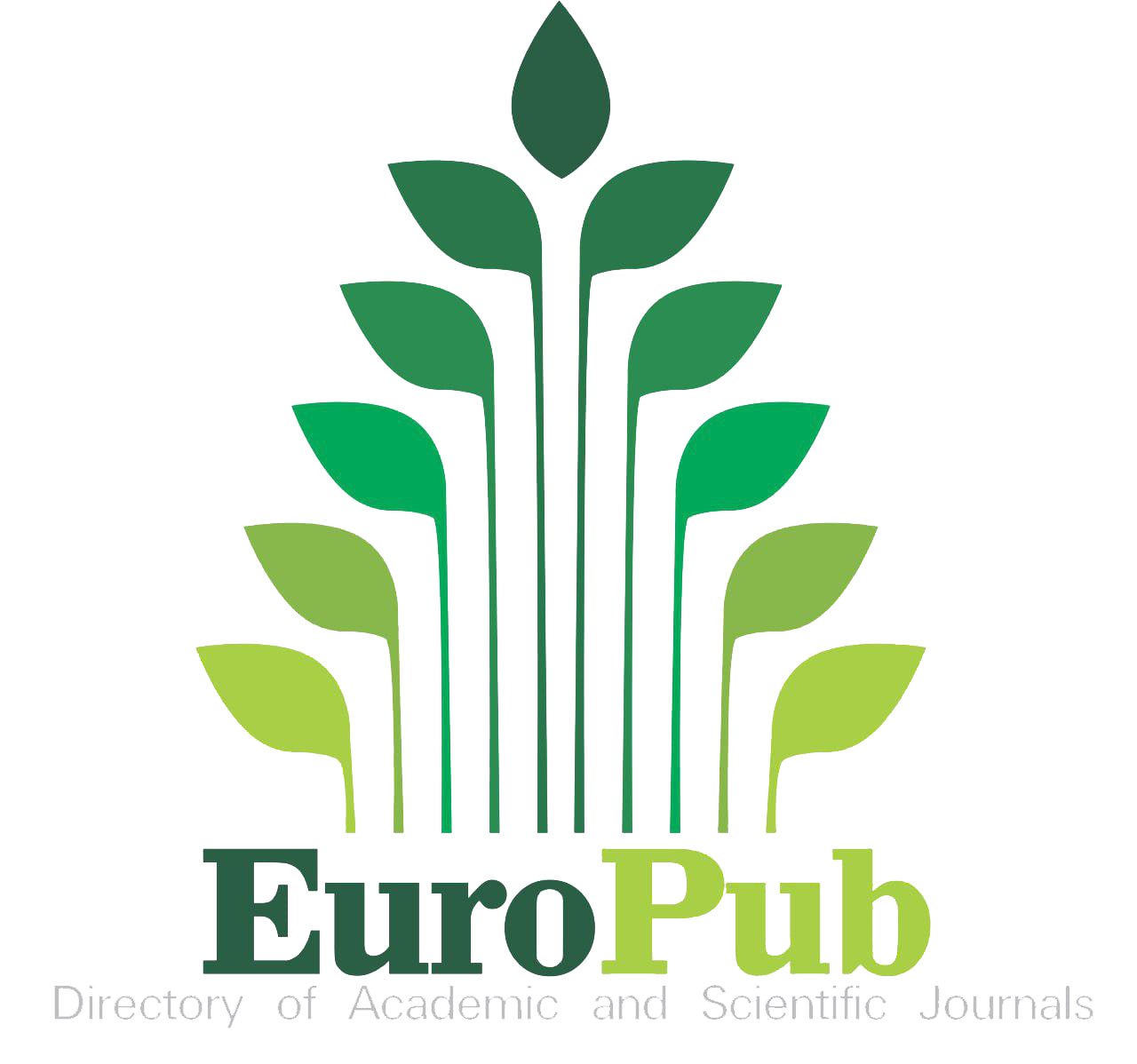Abstract
Background: Maxillary sinus augmentation is a common implant placement procedure when residual bone height (RBH) in the posterior maxilla is limited, especially in subantral type IV cases. A less invasive alternative to the traditional lateral window procedure is the crestal approach using the CMC (Crestal approach with membrane Control) technology. Objective: To evaluate the differences between the CMC technique and the conventional lateral window approach in terms of clinical performance, bone density results, surgical time, and complication rates for sinus lifting in subantral type IV cases. Methods: Twenty patients with posterior maxillary edentulism and RBH < 5 mm were divided into two groups at random: Group A (n = 10) received direct sinus lift using the lateral window approach, and Group B (n = 10) received indirect sinus lift using the CMC technique. Four sites (crestal, apical, buccal, and palatal) in Hounsfield Units (HU) were evaluated for bone density using CBCT scans both before and four months after surgery. A “visual analog scale” was used to quantify patient discomfort, postoperative problems, and surgery time. Results: Both methods proved highly effective for implant placement and sinus augmentation, with both groups showing a notable increase in postoperative bone density. Although the CMC group's generally had a shorter surgical time, but with high-density cortical bone, the advantages of shorter time decrease, and the procedure could take as long as the lateral approach. Postoperative pain was generally lower in the CMC group, VAS pain scores were lower (3.4 vs. 4.9). The most frequent complication was edema, which was more pronounced in the lateral window group. Membrane perforation occurred occasionally in both groups. Additionally, minor complications included vertigo, sinus pressure, epistaxis, and nausea, with variations related to bone density and sinus membrane thickness. Conclusion: In situations of subantral type IV, both sinus lift procedures are clinically beneficial. With good patient outcomes, lower morbidity, and sufficient bone regeneration, the CMC approach provides a less invasive alternative. Anatomical characteristics unique to each patient, membrane thickness, and bone quality should all be taken into account when choosing a procedure.
Recommended Citation
Alkaabi, Dhurgham Hasan Hassan; Alheeti, Sabah Abdulrsul Hamoodi; and Al-Hamadani, Faaiz Yaqub
(2025)
"Comparative Evaluation of Indirect Sinus Lift Using CMC Technique Versus Direct Sinus Lift Via Lateral Window Technique in Subantral Type IV,"
Maaen Journal for Medical Sciences: Vol. 4
:
Iss.
3
, Article 4.
Available at: https://doi.org/10.55810/2789-9136.1081
References
References
[1] Küçükkurt S. Evaluation of the survival of implant placement simultaneously with sinus augmentation: relationship in maxillary sinus pathologies. Oral Radiol 2020;36:225—37.
[2] Mavrodi A, Paraskevas G. Evolution of the paranasal sinuses’ anatomy through the ages. Anat Cell Biol 2013 Dec;46 (4):235—8.
[3] Trombelli L, Minenna P, Franceschetti G, Minenna L, Farina R. Transcrestal sinus floor elevation with a minimally invasive technique. J Periodontol 2010 Jan;81(1):158—66.
[4] Farina R, Franzini C, Trombelli L, Simonelli A. Minimal invasiveness in the transcrestal elevation of the maxillary sinus floor: A systematic review. Periodontol 2000. 2023;91 (1):145—66.
[5] Tan WC, Lang NP, Zwahlen M, Pjetursson BE. A systematic review of the success of sinus floor elevation and survival of implants inserted in combination with sinus floor elevation. Part II: transalveolar technique. J Clin Periodontol 2008 Sep; 35(8 Suppl):241—54.
[6] Alhamdani F. Simultaneous indirect sinus lift and implant inser-tion. case report for extreme bone resorption. Journal of Oral and Dental Research 2018;5(2):26—31.
[7] Starch-Jensen T, Aludden H, Hallman M, Dahlin C, Christensen AE, Mordenfeld A. A systematic review and meta-analysis of long-term studies (five or more years) assessing maxillary sinus floor augmentation. Int J Oral Maxillofac Surg 2018 Jan;47(1):103—16.
[8] Corbella S, Taschieri S, Del Fabbro M. Long-term outcomes for the treatment of atrophic posterior maxilla: a systematic review of literature. Clin Implant Dent Relat Res 2015 Feb;17 (1):120—32.
[9] Tatum H. Maxillary and sinus implant reconstructions. Dent Clin North Am 1986 Apr;30(2):207—29.
[10] Valentini P, Artzi Z. Sinus augmentation procedure via the lateral window technique―Reducing invasiveness and preventing complications: A narrative review. Periodontol 2000. 2023;91(1):167—81.
[11] Farina R, Franceschetti G, Travaglini D, Consolo U, Minenna L, Pietro Schincaglia G, et al. Morbidity following transcrestal and lateral sinus floor elevation: A randomized trial. J Clin Periodontol 2018 Sep;45(9):1128—39.
[12] Testori T, Weinstein T, Taschieri S, Wallace SS. Risk factors in lateral window sinus elevation surgery. Periodontol 2000. 2019;81(1):91—123.
[13] Summers RB. A new concept in maxillary implant surgery: the osteotome technique. Compendium 1994 Feb;15(2). 152, 154—6, 158 passim; quiz 162.
[14] Guerrero JS. Lateral window sinus augmentation: Complications and outcomes of 101 consecutive procedures. Implant Dent 2015;24(3):354—61.
[15] Lin YH, Yang YC, Wen SC, Wang HL. The influence of sinus membrane thickness upon membrane perforation during lateral window sinus augmentation. Clin Oral Implants Res 2016 May;27(5):612—7.
[16] Monje A, Diaz KT, Aranda L, Insua A, Garcia-Nogales A, Wang HL. Schneiderian membrane thickness and clinical implications for sinus augmentation: a systematic review and meta-regression analyses. J Periodontol 2016 Aug;87(8): 888—99.
[17] Pjetursson BE, Lang NP. Sinus floor elevation utilizing the transalveolar approach. Periodontol 2000. 2014;66(1):59—71.
[18] Sonoda T, Harada T, Yamamichi N, Monje A, Wang HL. Association between bone graft volume and maxillary sinus membrane elevation height. Int J Oral Maxillofac Implants 2017;32(4).
[19] Duncavage JA, Becker SS. The maxillary sinus: medical and surgical management. (No Title). 2010.
[20] Vlassis JM, Fugazzotto PA. A classification system for sinus membrane perforations during augmentation procedures with options for repair. J Periodontol 1999 Jun;70(6): 692—9.
[21] Cho SC, Wallace SS, Froum SJ, Tarnow DP. Influence of anatomy on Schneiderian membrane perforations during sinus elevation surgery: three-dimensional analysis. Pract Proced Aesthetic Dent PPAD 2001 Mar;13(2):160—3.
















Indexed in: